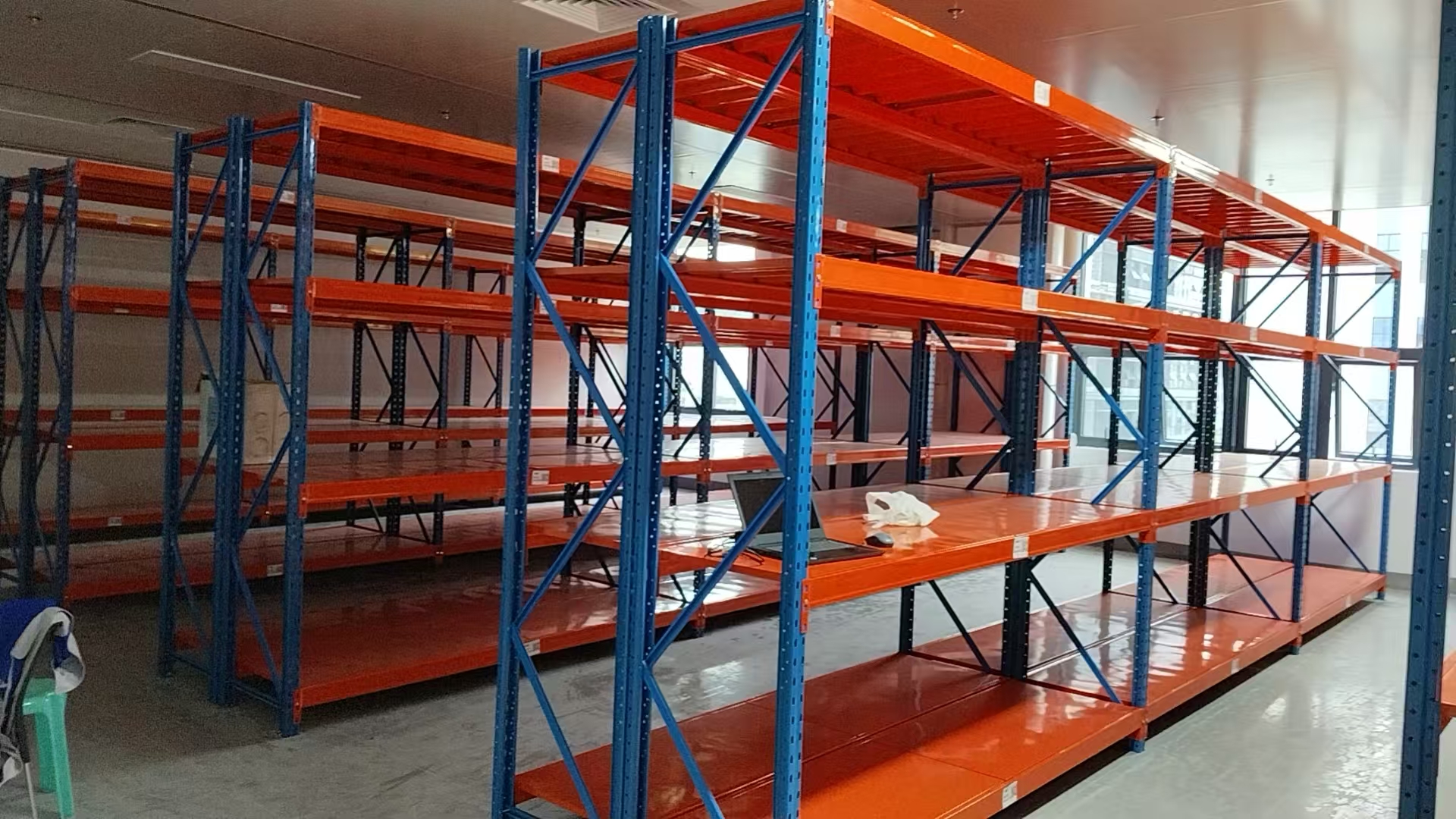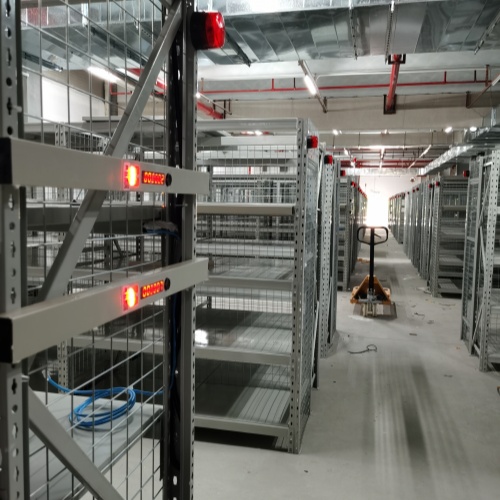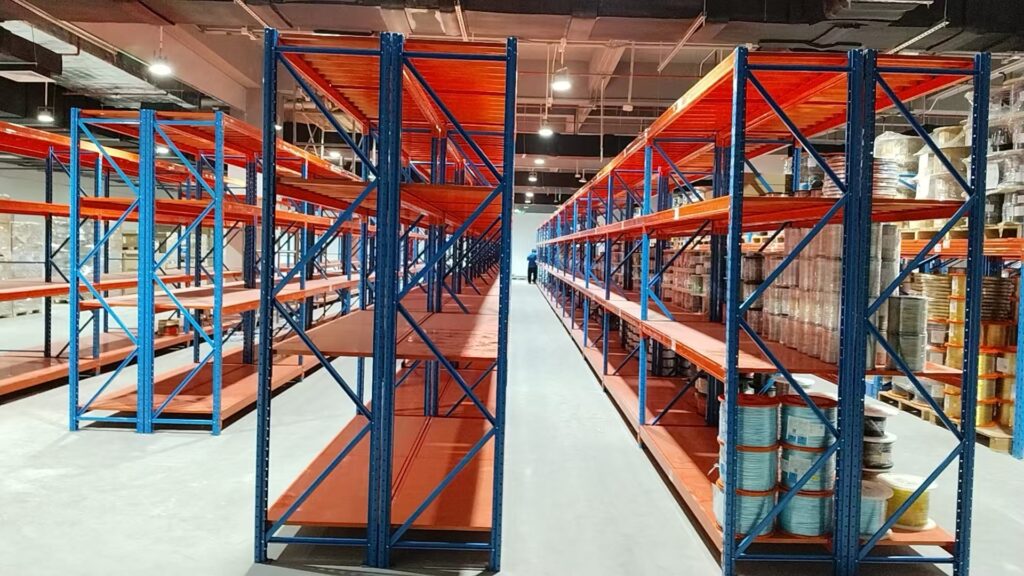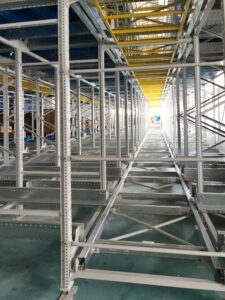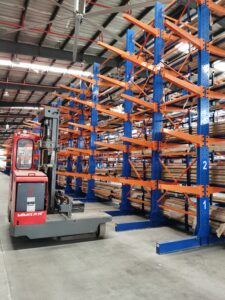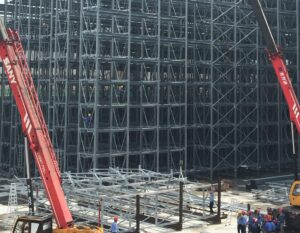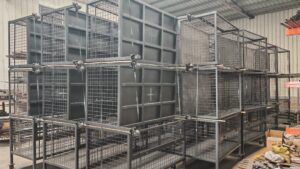Storlogi Shelf Racking: Reconstructing Warehouse Value with “Invisible Wisdom
Having worked in the warehousing industry for many years, I’ve seen too many enterprises fall into a misunderstanding: treating shelves as “iron racks” rather than “efficiency engines”. Storlogi’s shelf racking has made me re – recognize that good storage equipment can not only carry goods, but also create implicit value for enterprises through design thinking. Today, I want to start from the essence of the product and talk about how this shelf solves visible problems with “invisible intentions”.
I. Product Features: Addressing Industry Pain Points with Attention to Detail
1.Counterintuitive “Lightweight Load – Bearing” Design
In the traditional shelf industry, there is an intense competition in “thickening steel materials”. However, Storlogi’s engineers have done the math: for every 1mm increase in steel usage, the customer’s cost rises by 12%, while the actual load – bearing capacity only increases by less than 5%. Instead, they optimized the structure. Through bionic design, they created a “honeycomb – like” cavity in the column section. This not only maintains the strength of Q235B steel but also reduces the self – weight by 30%. Tests show that under a single – layer load of 300kg, the vertical deviation value of the shelf is only 0.3°, which is three times better than the national standard.
2. “Breathable” Shelf Boards
Pay attention to this detail: in the southern rainy season, the humidity in warehouses often exceeds 85%. Ordinary shelf boards are prone to condensation, which makes the goods damp. Storlogi uses a micro – hole stamping process on the surface of the shelf boards to form an array of ventilation holes with a diameter of 0.5mm. Combined with the back drainage groove design, the air circulation rate is increased by 40%. A tea customer reported that the moldy rate in storage has decreased by 82%.
3. Foolproof Safety Design
80% of shelf collapses are caused by human operational errors. Storlogi has implanted a “two – color warning strip” at the beam connection. When the safety pin is not fully inserted, the red warning strip will be exposed by 1cm. This design reduces the installation error rate from the industry average of 7% to 0.3%.
II. Design Principle: Transforming Warehouses into “Lego Construction Sites
What impressed me most about this shelf system is its application of “toy design thinking” to industrial products. With infinite splicing capabilities between main and auxiliary frames, 50mm adjustable shelf heights, and modular component combinations, warehouse managers can reconfigure storage space as easily as building with Lego. An auto parts distributor transformed its chaotic spare parts area into an intelligent warehouse with zoned storage, precise positioning, and FIFO (First-In, First-Out) inventory management in just three days, boosting picking efficiency by 2.3 – fold.
The underlying design philosophy lies in “dynamic adaptability”:
- Spatial Adaptation: Adjustable feet accommodate floor slopes of 0-5°, solving leveling issues in aging warehouses.
- Process Adaptation: Pre-planned AGV aisle widths future-proof the facility for automation upgrades.
- Cost Adaptation: A “base model + add-on packages” strategy allows SMEs to incrementally invest in functional upgrades.
lll.Real Changes Brought to Customers: Beyond Storage
1.Killing Hidden Costs
On the surface, it’s about shelf procurement costs, but in reality, it’s about the full lifecycle cost. An e-commerce client calculated that although Storlogi’s unit price is 15% higher, the total cost over 5 years is actually 27% lower due to its maintenance-free design. More crucially, the rent savings from improved space utilization are equivalent to earning back the cost of one set of shelves annually.
2.Upgrading Management Mentality
When shelf boards are embedded with RFID chips and safety pin statuses are uploaded to the management system in real time, warehouse management shifts from “people searching for goods” to “goods finding people.” A medical device client achieved a digital transformation that increased inventory accuracy from 89% to 99.7%, directly reducing annual misdispatch losses by $166,920.
3.Reconstructing a Sense of Security
Having witnessed too many tragedies caused by shelf collapses, Storlogi has taken safety design to the extreme:
- Anti-collision corners are added to the bottom of columns to prevent chain collapses caused by forklift impacts.
- Beams are manufactured using a “one-step cold bending” process, reducing the risk of fracture by 90%.
- Free annual structural safety inspections are provided, equivalent to insuring the warehouse.
IV. Compatibility of Plastic Pallets with Shelving Systems
During a visit to the Storlogi factory, one detail stuck with me: every batch of steel undergoes three spectral tests before storage to ensure precise elemental composition. The team leader said, “It’s too easy to accept ‘good enough’ in this industry, but we even calibrate screw torque to 0.1N·m.
What does this obsession deliver?
A customer repurchase rate of 63%
A failure rate below 0.05% during the 10-year warranty period
Second-hand shelf residual value 40% higher than competitors
Warehouse upgrading shouldn’t be a “drastic” project that requires massive overhaul. Storlogi’s shelf racking, with the rigor of engineers and the thoughtfulness of product managers, transforms shelves from mere “iron racks” into “intelligent storage units”. It may not dazzle you at first glance, but when you find that the warehouse space suddenly becomes sufficient, picking errors disappear, and safety inspections no longer cause anxiety, you’ll understand: true innovation has always been a silent, transformative force.
 StorLogi
StorLogi
